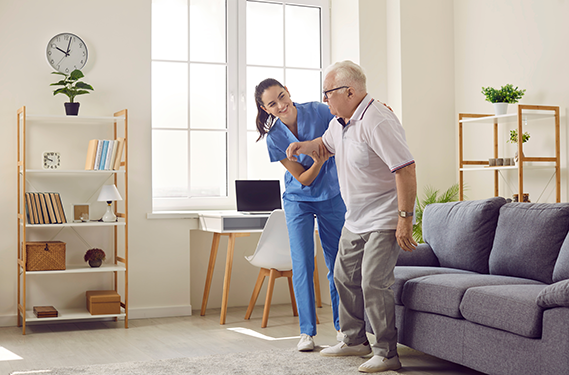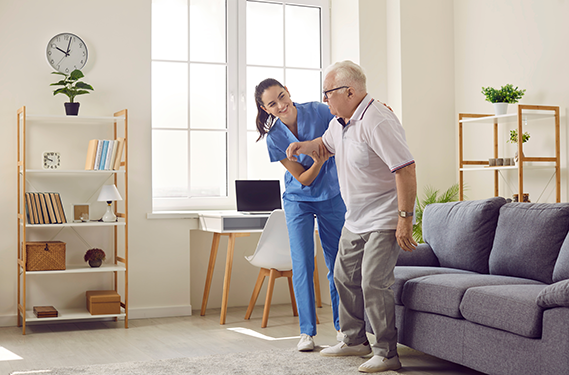In today’s world, ensuring the safety of loved ones, especially the elderly, is a top priority for families. With the advent of technology, fall detection without cameras has emerged as a promising solution. This technology offers peace of mind without compromising privacy.
The primary question for many is: how does fall detection work without cameras? The answer lies in advanced algorithms and sensors that detect unusual movements or sudden changes in position.

Why Choose Fall Detection Without Cameras?
Privacy is a significant concern for many individuals, particularly in private spaces like bathrooms or bedrooms. Camera-based systems, while effective, may intrude on this privacy. Technologies that operate without cameras can provide the same level of safety while respecting personal space.
Additionally, these systems can be more accessible and easier to install, as they often rely on wearable devices or home sensors that integrate seamlessly into daily life.
How Does Non-Camera Fall Detection Work?
Non-camera based systems typically use a combination of accelerometers, gyroscopes, and pressure sensors. These components, often found in wearable devices, can detect changes in motion or orientation, indicating a fall.
For instance, an accelerometer measures acceleration forces, which can identify when someone has fallen. When paired with a gyroscope, which measures rotational movement, the system can differentiate between normal movements and falls.
Benefits of Fall Detection Technology
One of the most notable benefits is the immediate response it provides in case of a fall. The technology can alert caregivers or medical professionals instantly, ensuring timely assistance.
This swift response can be crucial in preventing severe injuries or complications, especially among the elderly. According to the CDC, falls are a leading cause of injury among older adults, making prevention and quick response essential.
Implementations in Daily Life
Many families have already integrated fall detection systems into their homes. Wearable devices, such as smartwatches, can be worn throughout the day, providing continuous monitoring. These devices are not only functional but also discreet and stylish.
Moreover, home-based systems can be installed in key areas to monitor movements. This integration ensures that help is always nearby, whether at home or on the go.
Advanced Technologies in Fall Detection
Beyond traditional sensors, new technologies are emerging. AI and machine learning are playing significant roles in refining fall detection systems. These technologies allow systems to learn and adapt to individual movement patterns, reducing false alarms and enhancing accuracy.
Furthermore, advancements in wearable technology mean devices are becoming more comfortable and less obtrusive, encouraging their use among seniors.
Choosing the Right System
When selecting a fall detection system, consider the specific needs of the individual. Factors such as mobility, lifestyle, and personal preferences should guide your choice.
It’s also essential to consider the system’s integration with other medical alert devices or services, ensuring a comprehensive safety net.

Future of Fall Detection Technology
The future of fall detection looks promising, with ongoing research and development. As technology evolves, we can expect even more sophisticated systems that offer enhanced detection capabilities and seamless integration into everyday life.
Such advancements promise to bring even greater peace of mind to families and caregivers worldwide, ensuring the safety and well-being of their loved ones.
Conclusion
Fall detection without cameras represents a significant step forward in personal safety technology. By respecting privacy and offering reliable protection, these systems provide invaluable support to families and caregivers.
For more insights on fall detection technology, visit Fall Detection Technology and explore how it can benefit nursing homes and families alike.
FAQs
How reliable are non-camera fall detection systems?
These systems are highly reliable, using advanced sensors and algorithms to detect falls accurately. Continuous advancements in technology are further enhancing their accuracy.
Are these systems easy to use?
Yes, many systems are designed to be user-friendly, with easy installation and operation. Wearable devices, in particular, offer simple solutions for continuous monitoring.
Do these systems work outside the home?
Many wearable devices provide fall detection capabilities both inside and outside the home, ensuring protection no matter where the individual is.
This article contains affiliate links. We may earn a commission at no extra cost to you.






